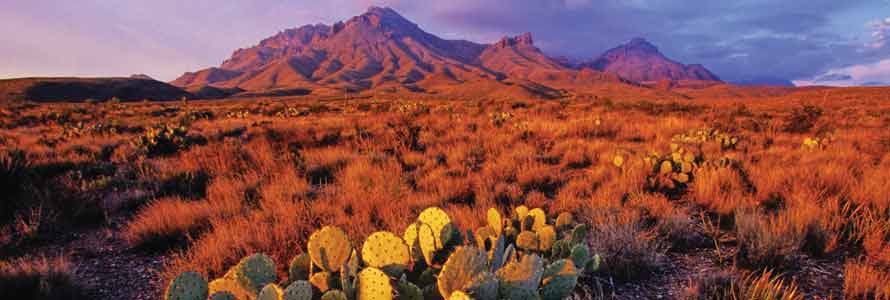The Storyteller
Karah duMaire

Urban cities are fast paced, rushed and always on the go. Never slowing down to smell the roses. Growing up in a rural Texas town is much slower " people value their town"s history and enjoy a good story.
Raised on a cattle ranch in the rural town of Cottondale, Texas, Jerod Foster developed a fondness for storytelling.
"Growing up in rural Texas, you tell stories and enjoy stories," Foster explained, "and are exposed to stories orally and through different media."
Foster"s background inspired him to illustrate stories with his camera. He is now a Texas-based magazine and travel photographer who received his bachelor"s and master"s degrees in agricultural communications at Texas Tech University. He is also a photography instructor and doctoral student in mass communication at Texas Tech. Through his photography experiences, Foster saw the evolution a person can have as a photographer.
Foster explained that the art of photography is present in many people"s lives in a variety of ways. He described those who are more hobby-oriented, taking the occasional wedding photographer role for a friend, and there are also professionals.
The first stage in the evolutionary process is what Foster calls "the gear phase." Foster explained his courses are designed to help students become familiar with the camera.
A large portion is focused on having the students become competent with the dynamics of getting a good shot.
Dylan Rutter, a senior journalism major, took Foster"s principles of photography class and found the experience extremely beneficial. He was always cautious in his approach to photography and was intimidated by the complexity of the camera.
"Jerod"s photography class made me comfortable with the camera," Rutter said.
Rutter also gave insight as to how Foster"s class would help him in his future career. He explained as a journalist, he might be expected to include photos for accompaniment to a story. If he had not gone through the "gear phase," his supervisor might be thoroughly disappointed.
"I know the basics of scene setting and camera functionality because of Jerod," Rutter said.
The next phase in the evolution process is where the photographer can use the camera to capture his or her vision. This comes quickly after the user becomes comfortable with the camera settings and understands the mechanics.
Foster explained once a person becomes comfortable controlling the camera, it makes creating his or her vision easier. The more difficult phase for amateur photographers, Foster said, is creating a photograph where others can see the vision.
Professionally, Foster sees the third phase take form more easily. This stage is where a photographer can capture a specific scene and have the viewer piece together the story being told.
Pointing at a photograph hanging in his office, he described his mindset before the shutter was released. Yucca plants cast shadows on large boulders, a few blades of grass coming from the foreground, the sun low in the sky causing the backdrop of the photo to be a deep purple mountain range. The setting of the photo told the story of the softer, more colorful side of the usually tough desert.
"The extreme morning and afternoon in the desert are very pretty and things start coming to life," Foster explained.
As an educator, Foster said he is always looking for new ways to teach and said it"s important to have ideas to educate people better. Professionally, photographers are encouraged to diversify. His career as both an educator and a photographer led to his decision to write a book.
Two summers ago, Ted Waitt, an acquisitions editor at Peachpit Press, contacted Foster through his Twitter page. They began a business relationship initiated through the social media site. Waitt encouraged Foster to give thought to penning his own book.
Using his knowledge of the field, both academically and professionally, he saw the opportunity to create a book about his favorite aspect of his job " storytelling. He also used the storytelling theme to title the book, Storytellers. He chose to highlight the story itself while explaining how to use the camera to create the story and why.
"It was a fun book to write," Foster said smiling, "because I took what I do professionally and in the classroom and translated it into something bigger with the intention of explaining why we use the camera in different ways to portray and create a certain image and feeling."
Foster"s experiences as a teacher helped the book expand its target audience to include those who are not in the professional arena. With an emphasis on the basics and explaining a more story-oriented way of seeing and shooting images appealed to those further in the evolutionary process, even professional photographers.
Foster wanted to create a book so well rounded, any photography enthusiast could read, enjoy and learn from it.
"A photographer"s job is to establish what the image is trying to say," Foster said. "And this book tries to explain how, while showing some of my examples of storytelling."
His highest hope for the book would be encouraging people to think about the pictures they are taking"considering how to put things in the frame that will tell a story to someone else effectively.
The process Foster took to get to where he is today was much like any other photographer, going through what he calls the "Evolution of a Photographer."
From his days growing up in rural Texas, his love for stories developed. His effectiveness as a photographic storyteller and his ability to educate while providing valuable insight led to his book.
"I just want people to think deeper about images."







